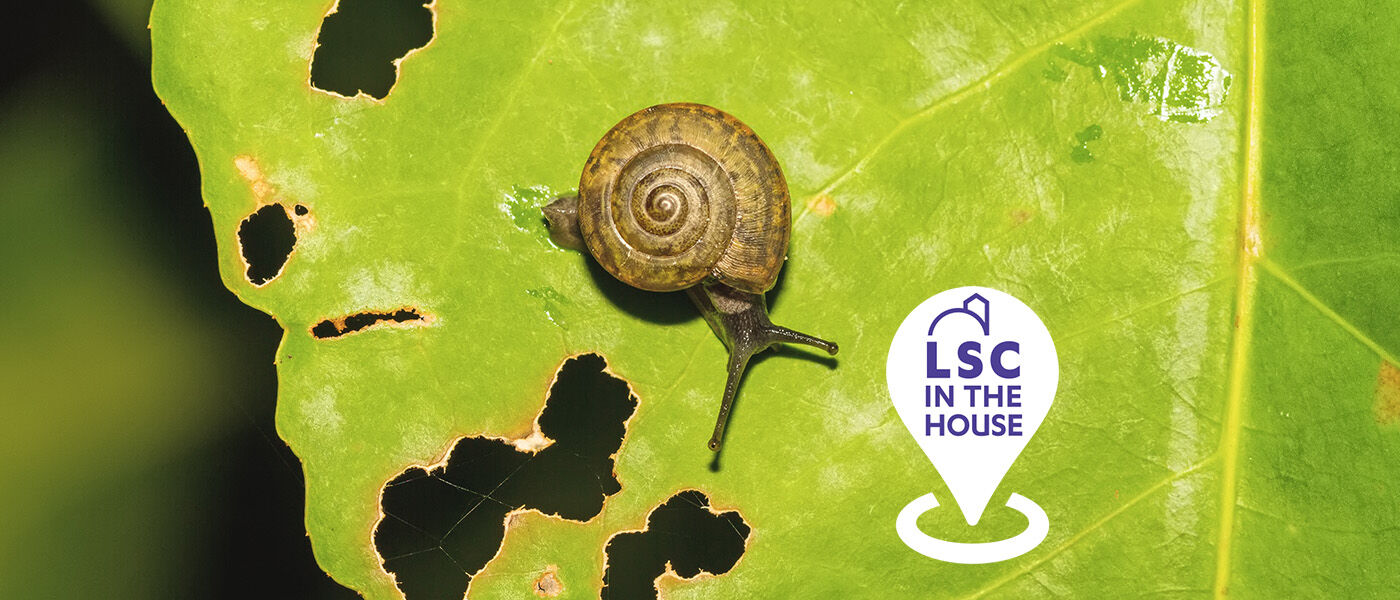Bug Bites
Activity Time: 30 minutes
Recommended Grades: Grade 3 and up; younger learners with adult supervision
Objectives: Model and observe the adaptations of different insects. Then, determine which insect mouthpart is best suited for specific food.

Bug “Mouthparts”
- Nutcracker, tweezers or pliers
- Turkey basters
- Straws
- 1-inch pieces of sponge on a clothespin
Bug Food
- Torn and crumpled pieces of newspaper
- Dirt and rock mixture
- Colored water in open, shallow bowls
- Colored water in baby food jars, covered tightly with plastic wrap (you can use tape to secure a tight seal)
Plastic food collection cups

- Set up the different “food items” as follows:
a. For solid foods, create two separate stations. One station should have the torn and crumpled pieces of newspaper; the other should have a mixture of dirt and gravel.
b. For liquid foods, set up two separate stations. One should have colored water in shallow bowls; the other should have colored water in baby food jars, tightly sealed with plastic. - Start with a different “mouthpart” each time and attempt to collect the various foods. Do not use your hands to pick up the food, only your “mouthparts.”
a. Demonstrate how to use the straw. Insert the straw into the water, then keep your finger sealed over the top to hold the water until it is transferred to collection cups.
b. Be sure to only use the turkey baster to collect water from the plastic-covered baby food jar. (You may have to press hard or cut a small hole in the surface to insert the baster.) - Take about one to two minutes per mouthpart to collect as much food as possible.
- Discuss which mouthpart was best suited for each type of food. Which types of insects are represented by the various mouthparts? Think about how the different mouthparts relate to different diets, and, therefore, different environments.
- As an extension to the piercing/sucking model, set up a baby food jar as before, but with clear water. Before inserting the turkey baster, suck up a small amount of colored water. Then, try to use the turkey baster to suck up the clear water. What do you notice? What insect is being represented? What is modeled by the transfer of colored water into the clear water?

Insects represent nearly half of all known organisms, with more than 1 million types identified. They can be found in nearly all environments. Their environments influence their diets, and the shape and morphology of an insect’s mouthpart has evolved to take advantage of available food resources. The types of mouthparts represented in the activity are chewing as found in dragonflies; piercing/sucking as found in female mosquitoes; siphoning as found in moths; and sponging/lapping as found in houseflies. In the piercing/sucking extension, you can see how irritating mosquito saliva gets transferred to our blood when a mosquito bites us.

